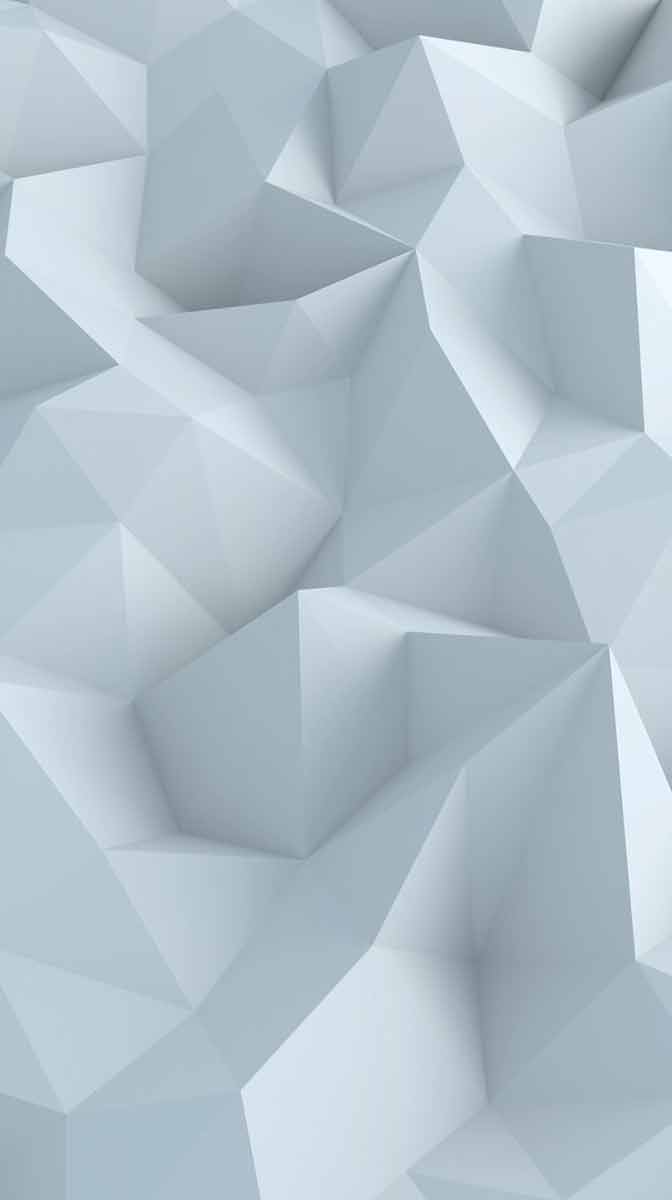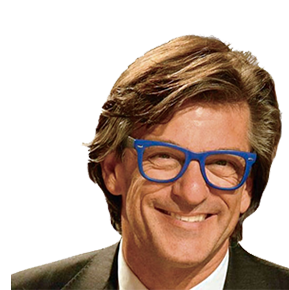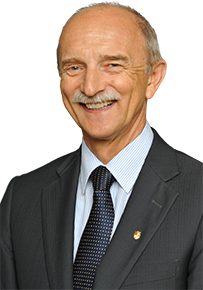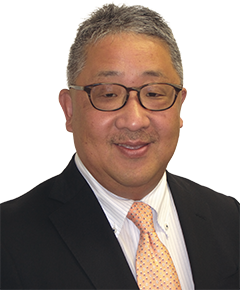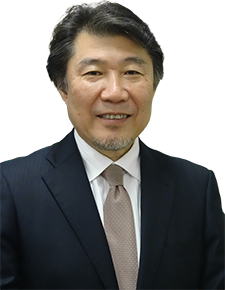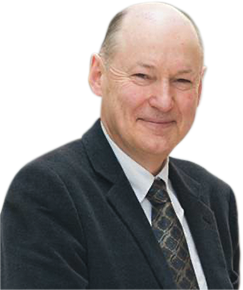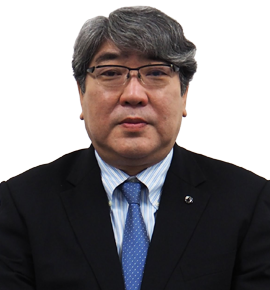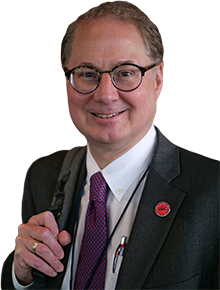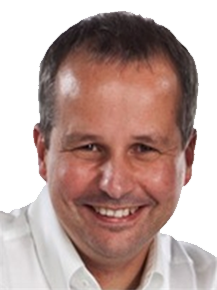


 11:45〜17:30
11:45〜17:30
Smile for the World ~Beyond the Century~ Learn from Renowned Researchers Around the Globe
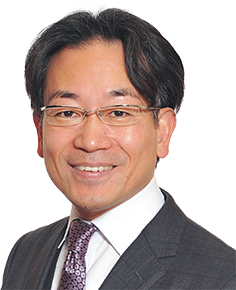
Moderator
Prof. EGUSA, Hiroshi
Tohoku University Graduate School of Dentistry
-
Current and Future Vision in Digital Dentistry
It has been several years since the word “Digital Dentistry” became widely used in dental field. Digital technologies such as IOS and CAD/CAM are no longer the future technologies, there is an urgent need to have different skill sets than ever before. Digital dentistry has been added to the educational programs in dental schools worldwide and in the near future, there is an era in which many dentists graduating from dental school start their practice after receiving training in IOS and CAD/CAM. In this lecture, current status and challenges of digital dentistry education using University of Siena as sample case will be presented and future perspective of digital dentistry will be provided.
Required education for digital non-native Digital dentistry education at university (education for digital native) Learning curve for IOS and following workflow Future vision for digital dentistry
Digital dentistry education,Scanner (IOS, Lab scanner),CAD/CAM,3D printing,Learning curve,Digital native and digital non-native
-
Direct Restorative Materials - What Are the Alternatives?
Amalgam is not widely used in Japan since the usage is exempted from the health insurance in decades, but in UK, USA and several other countries it is still quite often used.
The Minamata convention has become active in 2017 and agreeing countries which are still using amalgam must take measures to phase down the use of dental amalgam.
In the last decade several new alternative materials were developed and introduced, e.g. self- and light-curing bulkfill composites, GIC and Glass-Hybrid etc. There are quite big differences in matrix, initiator, particle size and filler amount of these bulkfill materials and hence also in mechanical properties (e.g. shrinkage stress, flexural strength, hardness, etc.). Up to now only for few materials (e.g. Equia or Equia forte) clinical data with an observation period of 5 years or more are available. It is recommended to use products were sufficient clinical longevity data are available.Longevity,Failures,Filling Materials,Bulkfill,Composite Resin,GIC,Glass Hybrid
Innovative Biomaterials for Bone Regeneration - Biodegradable Bilayer Polymer Membrane and Future Perspective
Novel biodegradabe polymer membrane with bilayered structure (Cytrans® Elashield) developed based on our study was recently commercialized with indication for GBR application. In this presentation, the physicochemical and biological characteristics of this bilayer membrane as well as its clinical usefulness will be summarized. Additionally, our research on development of antibacterial bone substitutes and fabrication of cell constructs which possess osteogenic differentiation ability will be introduced, and the future perspective of bone regenerative medicine provided by those innovative materials will be addressed.
Biodegradable Membrane,Synthetic Polymer,Bone Regeneration,Bone Substitute,Cell Constructs
-
Frontiers of Biomaterials: New Regeneration Therapy with Bone Substitute Materials
New materials have been leading the progress of dental treatment so far, and biomaterials will contribute the progress of dental treatment in the future, especially in the field of regenerative therapy. Recently developed novel synthetic regeneration material, carbonate apatite (Cytrans® Granules: CG), is one of those martials. In this lecture, long term clinical outcomes of the clinical trial cases of CG will be presented. Then, the basic studies regarding CG including the role of mesenchymal stem cells will be introduced. Lastly, our research regarding novel regenerative therapy will be introduced.
Bone Regeneration Therapy,Bone Substitute Materials,Carbonate Apatite,Mesenchymal Stem Cells,Soft-tissue Healing,Dental Implant Therapy
-
Biomimetic Products for the Promotion of Oral Homeostasis
Oral homeostasis is the maintenance of a stable intra-oral environment, oral tissue structure and health despite the detrimental changes present in the external environment (e.g. diet, plaque dysbiosis). Oral homeostatic mechanisms involve (i) remineralisation, the natural repair process for non-cavitated lesions, in which calcium, phosphate and sometimes fluoride ions are deposited into crystal voids in demineralised enamel/dentine; and (ii) prebiosis, where prebiotics induce the growth or activity of beneficial oral microorganisms to promote health. The major oral diseases result from a perturbation of oral hard and soft tissue homeostasis driven by plaque dysbiosis or other detrimental intra-oral changes (low pH erosion, dentine exposure). New oral care products based on a saliva biomimetic CPP-ACP boost the homeostatic activities of saliva in hard tissue remineralization, prevention of plaque dysbiosis through prebiosis and soft tissue barrier function to preserve oral health. The lecture will present the scientific evidence for these products and provide clinical recommendations on the best use of these products in the dental surgery and for patient home care to achieve oral homeostasis for the maintenance of oral health.
CPP-ACP and Fluoride,Remineralisation,Prebiosis,Prevention of Oral Disease
-
How Can We Use AI for Innovation of Dentistry?
Artificial intelligence (AI) has achieved great success through rapid development and continuously influences the lifestyle. Dentistry is an excellent discipline for applying AI algorithms because of its regular use of digitized imaging, electronic health records, and CAD/CAM technology. While there have been plenty of attempts how to apply AI on diagnosis and detection of diseases, analysis of images and analysis of treatment outcomes, few of them can be introduced clinically. The author has been developing AI systems of medical-aided diagnosis and disease prediction. In this presentation, current limitations and challenges for developing practical AI in dentistry as well as future direction will be presented based on the author’s knowledge and experience.
AI,Clinical dentistry,Examination,Diagnosis,Image
-
Restoration of the Worn Dentition: Understanding the Etiology and Prosthodontic Management Strategies
The diagnosis and treatment approaches of abrasion, attrition and erosion lie in the early detection and assessment of the underlying conditions. This presentation will review the current understanding of the medical causes, classification of wear and the application of a staged diagnostic and treatment concepts to restore the worn dentition.
Understand the etiology, diagnosis and treatment approaches for the worn dentition Understand the classification systems and apply to Prosthodontic rehabilitation
-
Milestones in the Rapidly Evolving Dental Adhesive Technology.
An Historical PerspectiveDental adhesive technology has continuously evolved since the early 1950 attempts. While enamel bonding was successful rapidly, equally effective dentin bonding has always been more challenging. Nevertheless, adhesively restoring teeth in a reliable/predictable/durable way is today a fact. Having evolved from one-step/component adhesives, multi-step etch-and-rinse (E&R) and self-etch (SE) adhesives have become gold standard. R&D next focused on ease-of-use, having introduced the newest generation of universal adhesives that can be applied either in a full E&R, full SE, or SE bonding mode preceded by selectively etching enamel. This lecture will sketch a historical perspective on the rapidly evolving dental adhesive technology, identifying the different milestones achieved.
To learn how dental adhesive technology evolved from Buonocore’s acid-tech technique to today’s generation of universal adhesives Back to the basics of dental adhesive technology To understand that some basic material requirements cannot be traded in for ease-of use Introduction of a new multi-step universal adhesive formulation for more durable bonding effectiveness using a highly hydrophobic adhesive resin with significant film thickness
Bonding,Universal Adhesive,Toshio Nakao Chair,Adhesive Mechanisms,Etch-and-rinse,Self-etch,Nano-layering,Interfacial Characterization,Micro-mechanical Interlocking,Clinical Effectiveness
